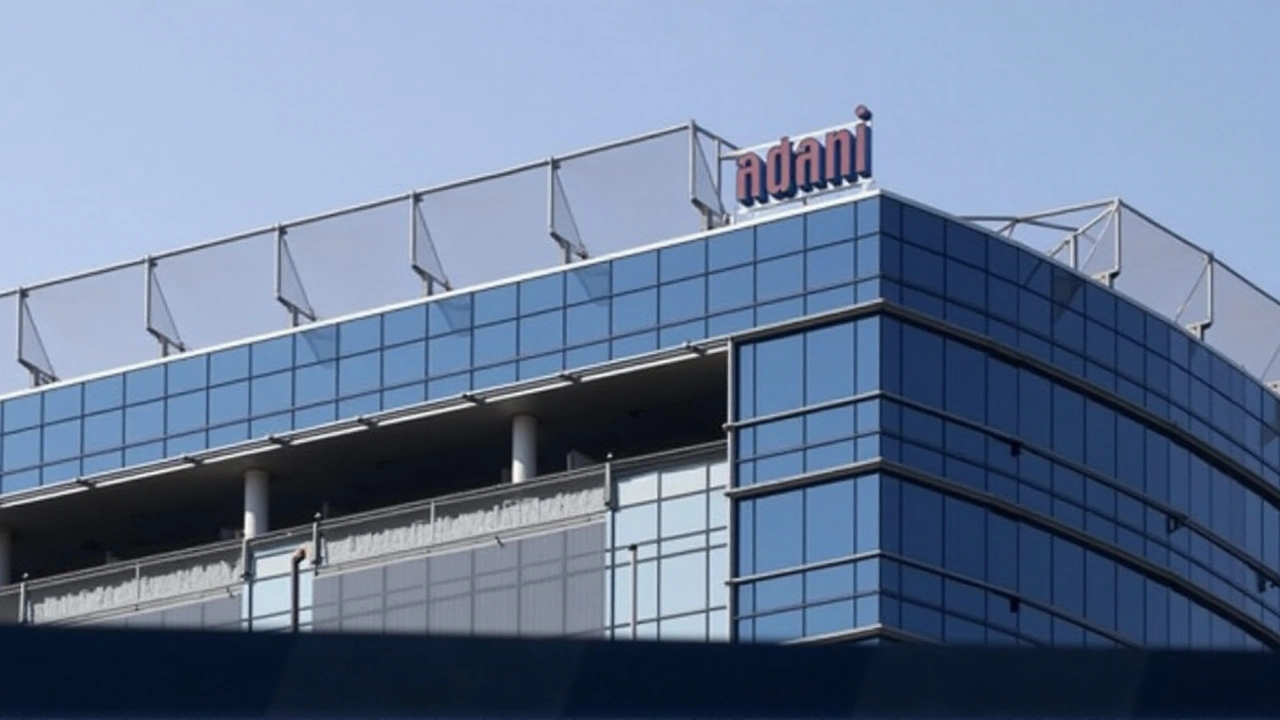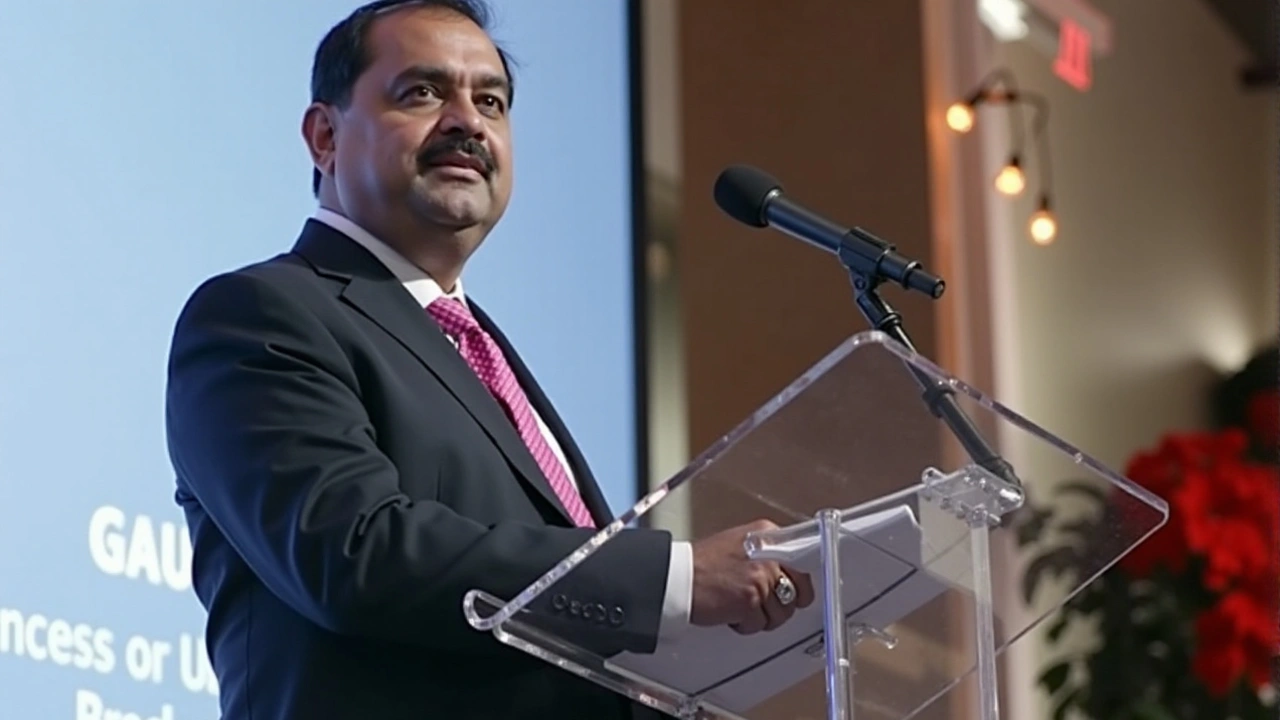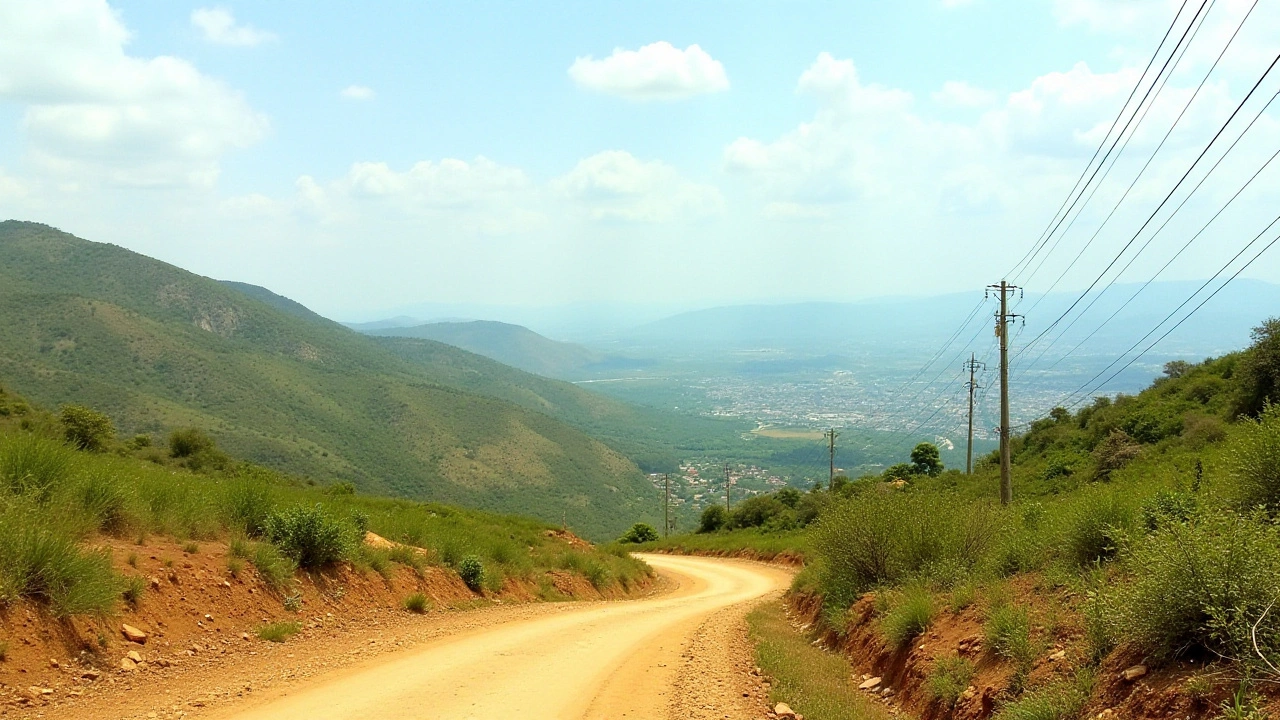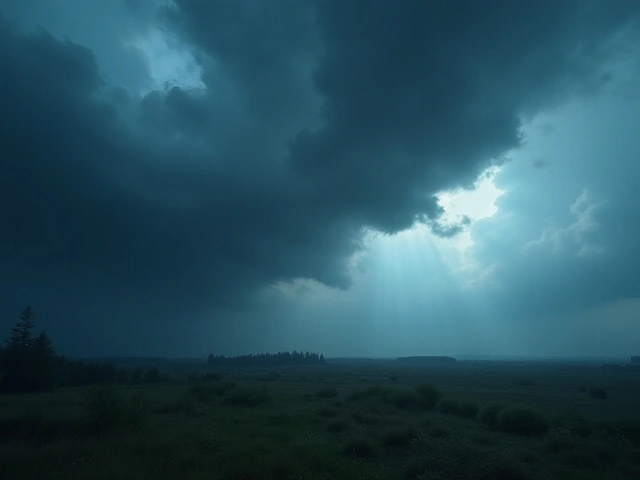Major Investment to Enhance Kenya's Power Transmission
In a significant move signaling Kenya's drive to modernize its power infrastructure, the East African nation has awarded a $1.3 billion public-private partnership concession. The prominent Indian firm, Adani Group, alongside Africa50, a specialized infrastructure investment entity within the African Development Bank, has been entrusted with this monumental task. This project underscores Kenya's commitment to improving its power transmission capabilities—a critical factor for fostering economic growth and development.
Partnership with Global Giants
The partnership was officially sanctioned by David Ndii, the chief economic adviser to President William Ruto. He announced that the Kenya Electricity Transmission Company, known as KETRACO, has awarded the Public-Private Partnership (PPP) concessions to the Adani Group and Africa50. The two entities bring a wealth of expertise and experience in infrastructure development, setting a solid foundation for the success of this venture. Currently, both companies are in the process of assembling their project teams, a step crucial for the smooth commencement and execution of the project.

Role of Africa50
Africa50 is no stranger to large-scale infrastructure projects. As part of the African Development Bank, Africa50 has been pivotal in financing and developing projects across the continent. Its involvement in this project ensures that there will be substantial expertise and financial oversight. The entity is renowned for its focus on infrastructure investment, which is crucial for the sustainable development of African countries. By bringing Africa50 on board, Kenya is ensuring that the project will not only be well-financed but also managed with a high degree of professionalism and strategic insight.
Adani Group's Expertise
The Adani Group's involvement further solidifies the project's potential for success. With a robust portfolio in energy and infrastructure development, Adani is well-positioned to contribute positively to Kenya's power sector. The company's extensive experience in constructing and managing complex infrastructure projects will be invaluable. This move also highlights Adani's growing footprint in international markets, demonstrating its capability to execute projects on a global scale.

Project Scope and Expectations
The new transmission lines are more than just cables; they're a lifeline for Kenya's growing economy. By enhancing the country's power transmission infrastructure, this project aims to ensure a stable and reliable electricity supply, which is fundamental for both industrial growth and everyday life. The improved infrastructure is expected to reduce power outages, stabilize the grid, and support the integration of renewable energy sources. Such advances are crucial for Kenya as it seeks to position itself as a hub for innovation and industrial growth in the region.
Economic Impact
The economic implications of this project are profound. Reliable power infrastructure is a cornerstone of any modern economy. By making such a significant investment, Kenya is laying down the groundwork for sustained economic growth. Reliable electricity will not only attract more foreign investment but will also boost local businesses, leading to job creation and increased economic activity. The multiplier effect of such infrastructure projects cannot be overstated, as they often lead to improvements in other sectors such as education, health, and overall quality of life.
Environmental Considerations
In today's world, infrastructure projects cannot ignore environmental concerns. This project aims to incorporate sustainable practices, ensuring that the transmission lines are not only efficient but also environmentally friendly. Kenya has committed to reducing its carbon footprint, and this project aligns with those goals by supporting the integration of renewable energy into the national grid. This commitment to sustainability is crucial for the long-term success of the project and the overall health of the planet.
Challenges and Risks
Like any large-scale infrastructure project, this one is not without its challenges. Regulatory approvals, land acquisition, and community engagement are some of the hurdles that need to be navigated carefully. Moreover, geopolitical risks and economic fluctuations can also impact the project's timeline and budget. However, with experienced entities like Adani Group and Africa50 at the helm, these challenges can be mitigated through strategic planning and robust risk management practices.
A Step Towards Future
This project is more than a contractual agreement; it symbolizes a step towards a brighter and more prosperous future for Kenya. By investing in its power infrastructure, the country is making a bold statement about its aspirations and readiness to embrace modernity and technological advancements. As Kenya embarks on this transformational journey, the world will be watching, and many will undoubtedly follow its example.
The collaboration between Adani Group, Africa50, and the Kenyan government sets a new benchmark for public-private partnerships in infrastructure development. It showcases the possibilities that arise when expertise, financial muscle, and governmental support converge towards a common goal. As the project takes shape, it promises not only to electrify homes and businesses but also to illuminate the path towards a more developed and resilient Kenya.




Honestly, this partnership feels like a textbook case of corporate vanity masquerading as development. The numbers are impressive, but the real impact on local communities remains dubious. Kenya's regulatory landscape is riddled with bottlenecks that even a $1.3 billion budget can't magically erase. If the stakeholders don't prioritize transparent land acquisition, the project will become another headline without substance.
It's fascinating how a single project can ignite so many layers of conversation across continents.
From an inclusive perspective, such collaborations should be a celebration of shared growth, not just a financial ledger entry.
When we examine the cultural tapestry of Kenya, we see a nation eager for reliable power, yet also deeply rooted in community values that often clash with large‑scale land deals.
We must ask ourselves if the benefits truly trickle down to the villages that rely on intermittent electricity today.
The presence of Africa50 brings much‑needed financial oversight, but it also introduces another bureaucratic layer that could slow decision‑making.
Adani's global track record suggests efficiency, yet we have witnessed mixed outcomes in other emerging markets where social license was overlooked.
One hundred and fifty‑seven megawatts of new transmission capacity might sound enormous, but without concurrent investments in distribution and consumer affordability, the end‑users may see little change.
Moreover, integrating renewable sources into the grid demands sophisticated balancing mechanisms – a field where Kenya is still building expertise.
Thus, the project should incorporate robust capacity‑building programs for local engineers and technicians.
Taking a step back, this initiative mirrors a larger trend wherein Asian and African capital converge to fill gaps left by traditional Western investors.
Such geopolitical shifts can reshape trade patterns, fostering a south‑south partnership that could redefine development aid.
Yet, with great power comes great responsibility; the investors must ensure that profit motives do not eclipse environmental safeguards.
The article mentions sustainability, but concrete measures like using low‑impact tower designs or wildlife corridors need explicit inclusion.
In the grand scheme, this venture could serve as a blueprint for future PPPs across the continent if executed with transparency and community engagement.
Lastly, let us remember that infrastructure is not just steel and concrete; it's about empowering people, enabling schools to stay lit, clinics to run equipment, and entrepreneurs to innovate without fear of blackouts.
Nice move by Kenya, big bucks and big names on board.
Hope they actually get the work done without endless delays.
Local jobs will be a plus if they hire from here.
Totally agree with the optimism! It's good to see so many perspectives being considered.
Having a diverse team will likely smooth out some of those regulatory hurdles you mentioned.
Let's keep an eye on how community consultations unfold.
Another mega‑project, another chance for corruption to wear a fresh suit.
If they can't keep the leaks under control, the whole thing is a waste of money.
Power outages may actually get worse during construction.
Watch the fine print.
Sounds like a massive undertaking.
We stand at the crossroads of progress and peril, where every tower erected whispers the future's promise.
Yet, the shadows of debt and displacement loom, demanding our vigilance.
Power is not merely a commodity; it's the pulse of civilization's heart.
If we fail to honor the souls who nurture the land, our lights will flicker eternally.
Thus, let us weave ethics into the very wires that bind nations.
From a technical standpoint, the integration of new transmission lines should improve grid stability.
However, the success hinges on coordinated planning with existing infrastructure owners.
Stakeholders must also address potential bottlenecks in transformer capacity.
Overall, the project presents a solid framework for Kenya's energy roadmap.
The ambitions are commendable yet the execution will be key without proper oversight and stakeholder alignment the benefits may never reach the end users the timeline must be realistic and the environmental safeguards rigorous the project could set a precedent for future infrastructure endeavors if handled correctly
Cool stuff, but let's stay grounded.
Power bills shouldn't skyrocket after this.
And the locals need a say.
Oh sure, another ‘development’ project that will magically fix everything 🙄🚀
What about the communities who get displaced?
Don't forget the hidden costs.
From an infrastructural capital deployment perspective, this venture epitomizes strategic asset allocation within emerging markets.
The confluence of geo‑economic imperatives and energy security mandates justifies the capital outlay.
Nevertheless, the operationalization phase must adhere to stringent compliance frameworks to mitigate systemic risk.
Stakeholder synergies will be the linchpin for achieving targeted capacity factors.
Future scalability hinges on modular design principles.
India and Kenya are forging a partnership that could enhance regional energy stability. It will be important to maintain rigorous standards throughout implementation. Monitoring and evaluation mechanisms should be clearly defined. Such diligence will ensure the project's long‑term success.
Sure, as long as the jargon doesn't drown out real outcomes.